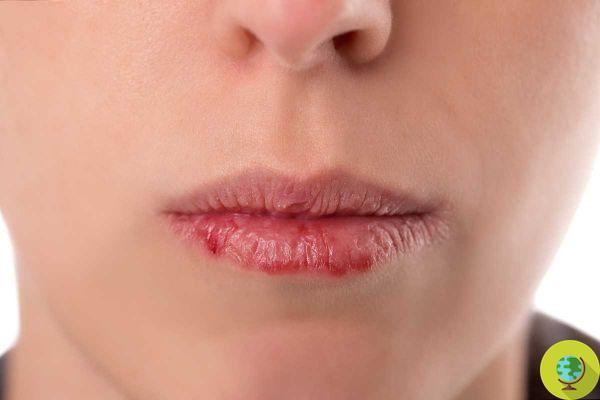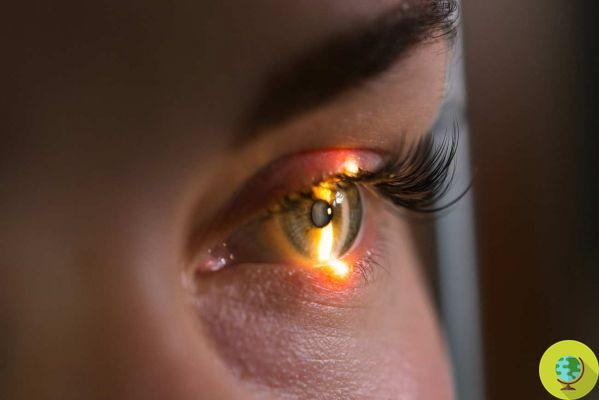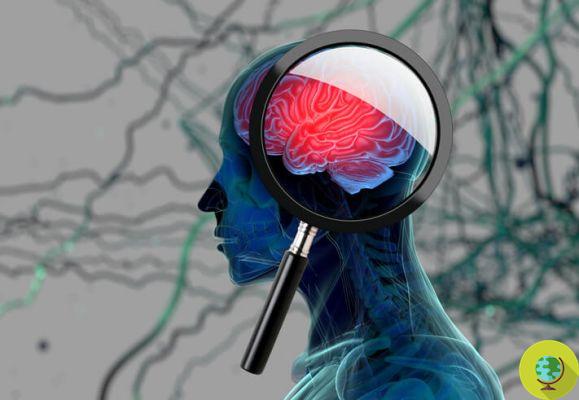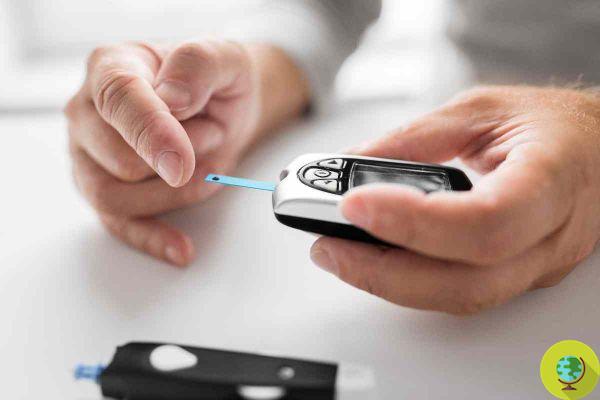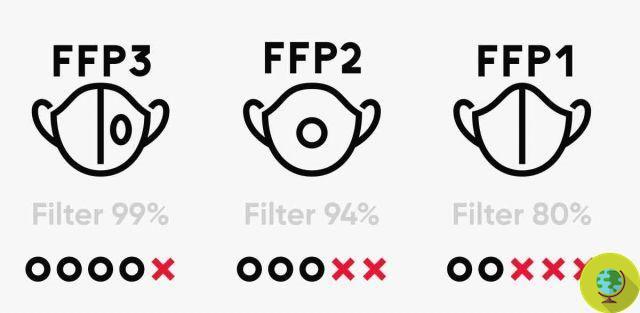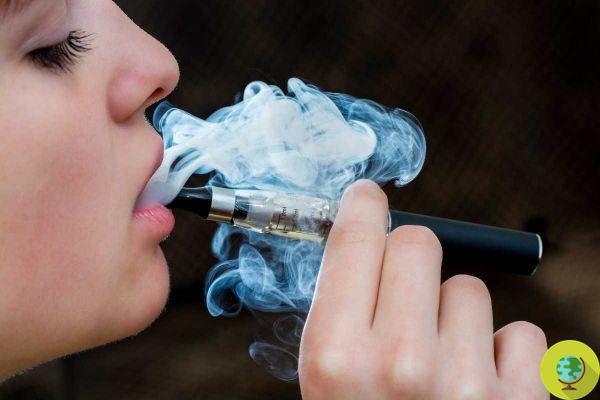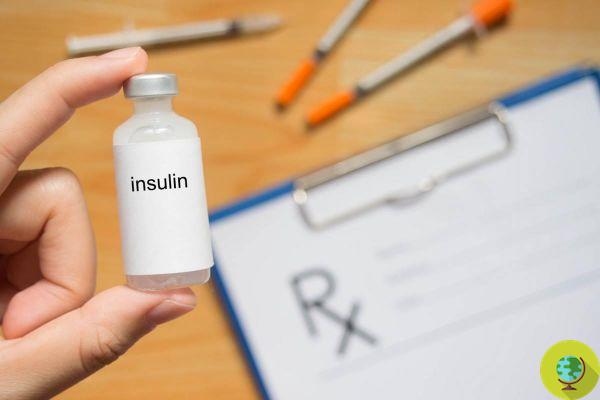Erythrocytes in the urine? Let's find out what they are and what to do when we are in the presence of high erythrocytes and low erythrocytes. More commonly known as red blood cells, erythrocytes make up about 40% of the volume of our blood
Don't store avocado like this: it's dangerous
Erythrocytes in the urine? Let's find out what they are and what to do when we are in the presence of high erythrocytes and low erythrocytes. More commonly known as Red blood cells, the erythrocytes they make up about 40% of the volume of our blood. Produced from bone marrow, are cells that enter the circulation once they reach maturity.
Theirs "number" it is detectable by a simple blood test and is an important indicator of our state of health and of the possible presence of some pathologies.
Index
Erythrocytes what are they
Dusting off some old science books, you will remember that ours blood it is formed from a liquid called plasma, in which red blood cells, or erythrocytes, white blood cells and platelets are present in suspension. There main feature of erythrocytes is that they contain thehemoglobin, whose task in turn is to give the blood the red color and allows the erythrocyte itself to transport oxygen from the pulmonary alveoli to the tissues and, in part, carbon dioxide from the tissues to the pulmonary alveoli.
The process of erythrocyte formation - erythropoiesis - is quite long and, in physiological conditions, varies from 8 to 10 days. They have an average life of 120 days, about 4 months, and then undergo erythrocateresis: the process of destruction of the "old" red blood cells that occurs in the spleen. From the process of elimination of red blood cells, our body is able to obtain iron, the heme group and hemoglobin.
The red blood cell count can normally be carried out through the classic blood tests, in association with other parameters. Generally, erythrocytes in the blood are contained in an amount equal to 4.4 - 6.0 per 10 (12) per liter in men and in an amount equal to 4.0 - 5.3 per 10 (12) per liter in women (source)
Un lower red blood cell count of the norm can indicate conditions of anemia, blood loss (such as ulcers), haemolysis (destruction of blood cells following an immune reaction after transfusion) or nutritional deficiencies. Higher valuesinstead, they can occur after severe dehydration, but also following a stay in the mountains (the altitude can in fact cause a lowering of red blood cells).
Low erythrocytes
Levels of low erythrocytes they can be linked to various causes. Generally, they are found in patients suffering from respiratory failure, polycythemia (increased volume of red blood cells), thalassemia, anemia and bleeding.
anemia - In these cases, the oxygen carrying capacity of the blood decreases and that is why people with anemia suffer from tiredness, palpitations, palpitations and shortness of breath. In case of anemia, the causes can be linked to trauma, the destruction of the same red blood cells, bleeding, nutritional deficiencies (typically those of iron, folate and vitamin B12), bone marrow problems or its diseases, but also to chronic inflammatory disorders or renal insufficiency.
READ also: Anemia, various causes
A low red blood cell count can also lead to other types of problems such as low hemoglobin levels and low hematocrit. In these cases, the symptoms are fatigue, weakness, shortness of breath, increased heart rate, and dizziness or lightheadedness.
High erythrocytes
And for the high erythrocytes? A high number of red blood cells (polyglobulism if the increase is permanent, pseudoglobulism if the increase is transient) may also indicate suspected disease. Their growth can be linked to one severe dehydration following gastrointestinal viruses or a sign of undetected diabetes.
A much higher than normal number of red blood cells could be worrying if a concomitant increase in hemoglobin and hematocrit values is recorded. In these cases it is good to analyze more thoroughly the possible presence of thrombosis, deep vein thrombophlebitis, cardiovascular diseases, angina and heart attacks, pulmonary embolisms and, in the most serious cases, also tumors and leukemias.
Erythrocytes in the urine
Under normal conditions, the erythrocytes in the urine they shouldn't be there. If they should appear (hematuria), however, do not worry, as normally there can be 0-2 per field in the sediment. If the value turns out to be higher, some further analysis needs to be done.
The presence of high red blood cells in the urine can be caused by more than one factor: from menstrual blood in women to the use of certain drugs (aspirin, atropine, sulfonamides, anticoagulants), from the presence of renal tuberculosis to blood clotting problems, from stones to leukemias to benign neoplasms and malignant, from liver cirrhosis to polycystic kidney, up to renal infarction, hypertrophy or prostatic adenocarcinoma.
What to eat
We went on strike what are erythrocytes, why they are in the urine and what happens if they are high or low. But what can we do? The amount of erythrocytes can always be optimized with certain foods. Excluding caffeine and alcohol, and introducing regular physical activity, foods rich in vitamin B12, vitamin B6, vitamin A and iron are very useful.
Germana Carillo
READ also:
12 sources of iron for vegans




